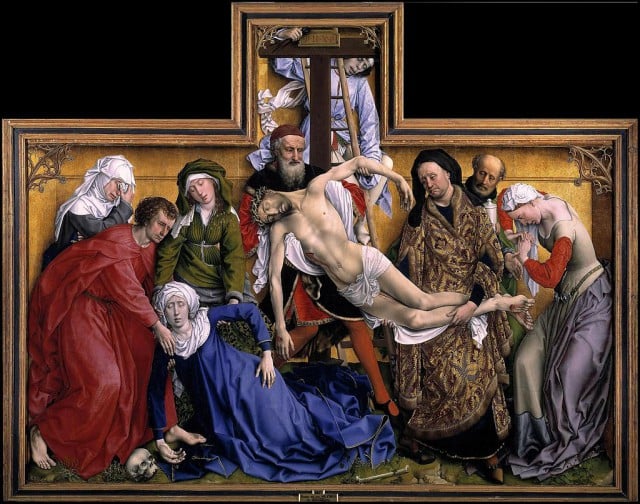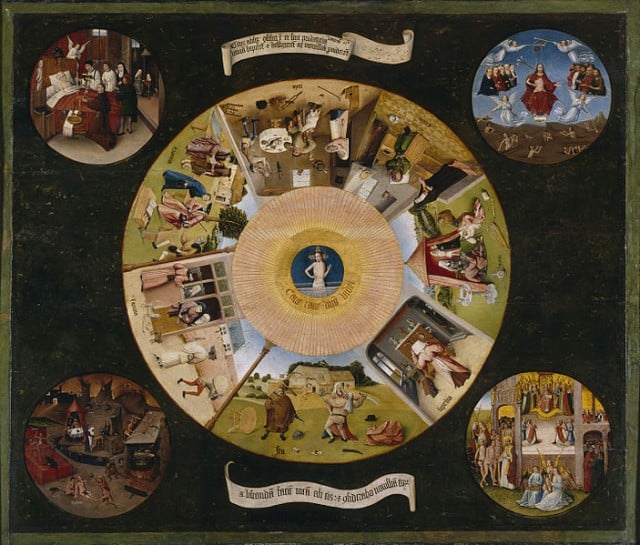Art World
Prado Being Stripped of Bosch and Tintoretto Works?


Alexander Forbes

Spain’s Museo del Prado may lose some of its most famous works to a new museum for the Spanish Royal Collection, set to open in 2016. According to a report by Spanish paper, El Confidencial, the president of the country’s national heritage authority, José Rodríguez-Spiteri Palazuelo, has requested that the museum return four paintings to the Royal Collection. The paper claims that Palazuelo sent the request to Museo del Prado director Miguel Zugazza in a letter on July 24th.
The four works requested to be returned are: Hieronymus Bosch’s The Garden of Earthly Delights (1500-1505) and The Seven Deadly Sins (1500-1525), Tintoretto’s Washing of the Feet (1548), and Roger van der Weyden’s The Descent from the Cross (c. 1435). The masterpieces were given to the museum for protection at the outbreak of the Spanish Civil War in 1936 and have become among the most revered in its collection.

Hieronymus Bosch, The Seven Deadly Sins (1500-1525)
Photo: Courtesy Museo del Prado
According to the paper, José Luis Díez, who was appointed director of the forthcoming Museo de las Colecciones Reales (Museum of the Royal Collections) this past January, has made it clear that he wants to put forth the best possible works available to the new institution. He reportedly did not deny that he would seek the return of some of the Royal Collection’s lent paintings to achieve that goal when interviewed.
El Confidencial says that Zugazza denied receiving the letter from Palazuelo when contacted. But, sources close to the national heritage president confirmed to the paper that such a letter was indeed sent.
This latest potential blow to the Museo del Prado comes after allegations last month that they were missing 885 works from their collections. In a statement later released by the museum, Zugazza said that the works were known to be missing for many years, a fact that was not the fault of the Prado but other museums whose collections and inventories were rolled into those of the Prado. The incidents are not thought to be related.